Restaging Fashion
RESTAGING FASHION was an interdisciplinary research and digitization project at the UCLAB of University of Applied Sciences Potsdam (2020-2023) elaborating new perspectives on historical dress. This research unites approaches and desiderata from three disciplines and respective research areas: Art history (dress research), information science (knowledge organization), and interface design (data visualization). Dedicated to the cultural history of clothing, its visual appearance, and its symbolic character, the project juxtaposes the triad of image-text-dress as an approach to dress research that integrates multiple methods. This research brought together items from the collection Lipperheidesche Kostümbibliothek - Sammlung Modebild of the Berlin Art Library with historic garments from the Textiles, Clothing and Jewellery Collection of the Germanisches Nationalmuseum Nuremberg.
Methodology
Dress research is still an evolving discipline. While dress, reflecting a wide array of aspects in relation to identity and cultural background, has already become an object of collecting since the middle of the 19th century, dress studies have only gradually come to be viewed as a relevant subject of research. Dress research is concerned with the academic study of fashion, style, dress, and textile, its history and symbolism. Its methods are drawing from the fields of visual studies, linguistics, and cultural studies, while a detailed empirical analysis and interpretation of the material is done by textile researchers and conservators. Fashion in images (painting, printmaking, photography, sculpture) and in written works is typically considered through the lens of art history, cultural studies, design studies, economics, history, literature, semiotics, and sociology, whereas the research on textiles and clothing tends to favor technology-based methods of investigation. Because fashion is addressed by different conceptual frameworks and disciplinary approaches, some scholars refer to it as a “hybrid subject” or a “mixed method approach”. Restaging Fashion draws on visual, documentary, and material evidence, sources that are connected and communicated through the means of information visualization.
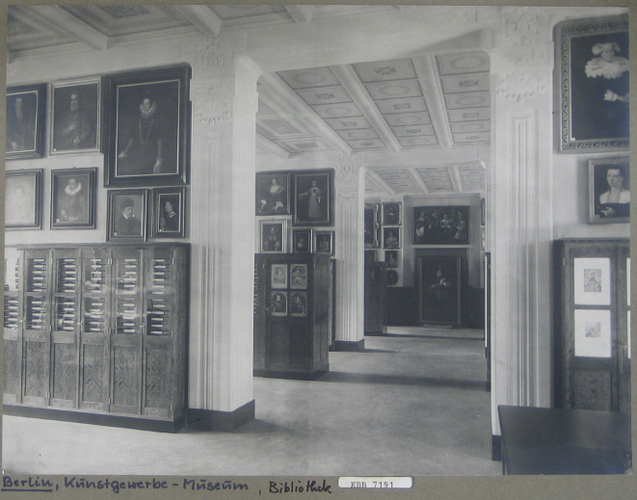
The collections
The publishing couple Franz and Frieda von Lipperheide gathered the collection of paintings and miniatures while traveling in Germany, Austria, Italy and Switzerland between 1877 and 1882. The Restaging Fashion project conserved, digitized and cataloged the collection in terms of its clothing-historical content and source value. This was supplemented by 1000 selected prints or hand drawings from their collection and later donation to the library. These are understood as both conceptualizing and complementing pictorial sources enriching each other. Furthermore, a total of fifteen historical clothing items from the Nuremberg textile collection serve as material evidence and are viewable and navigable as 3D objects. Archival documents on the history of the painting and miniature collection situate the collection objects in the historical context of the 19th century and document both the genesis and the division of the collection after the Second World War, as well as its reunification at the Berlin Kulturforum after the fall of the Berlin Wall. In addition, exemplary historical text sources have been selected for completing the source triad of image-text-dress and exemplifying the methodological approach of the project.
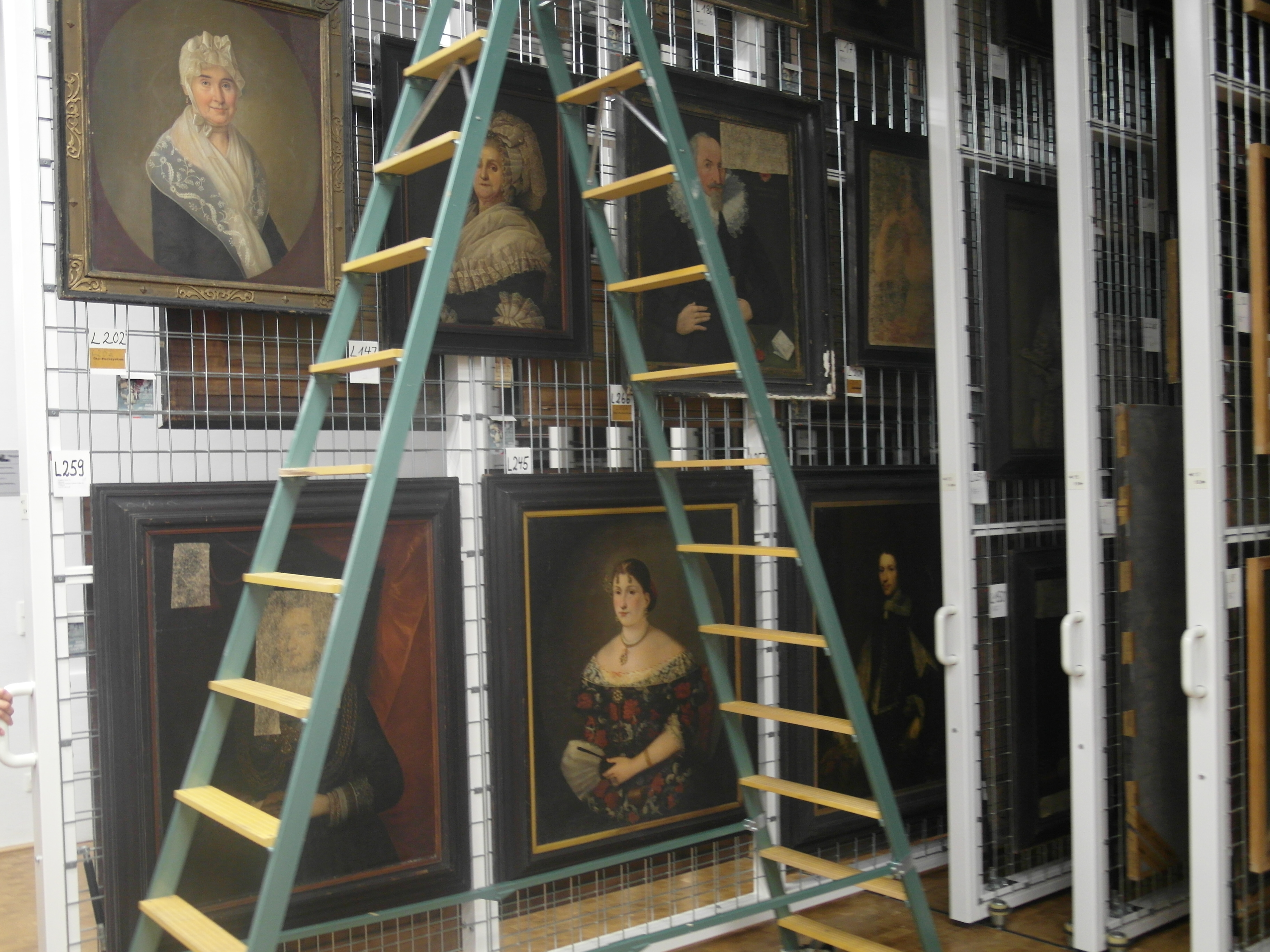
Visualization experiments
Data visualization projects are often initiated on the basis of an existing dataset, which may need to be prepared and analyzed before being visualized. In contrast, this research project provided for a parallel and interconnected process of data modeling and creation, closely coupled with the design and prototyping of visualizations. Since the beginning of the project, several prototypes and experiments, in the form of Observable Notebooks, have been made, in order to test the appropriate representation of the information and insights produced during the research.
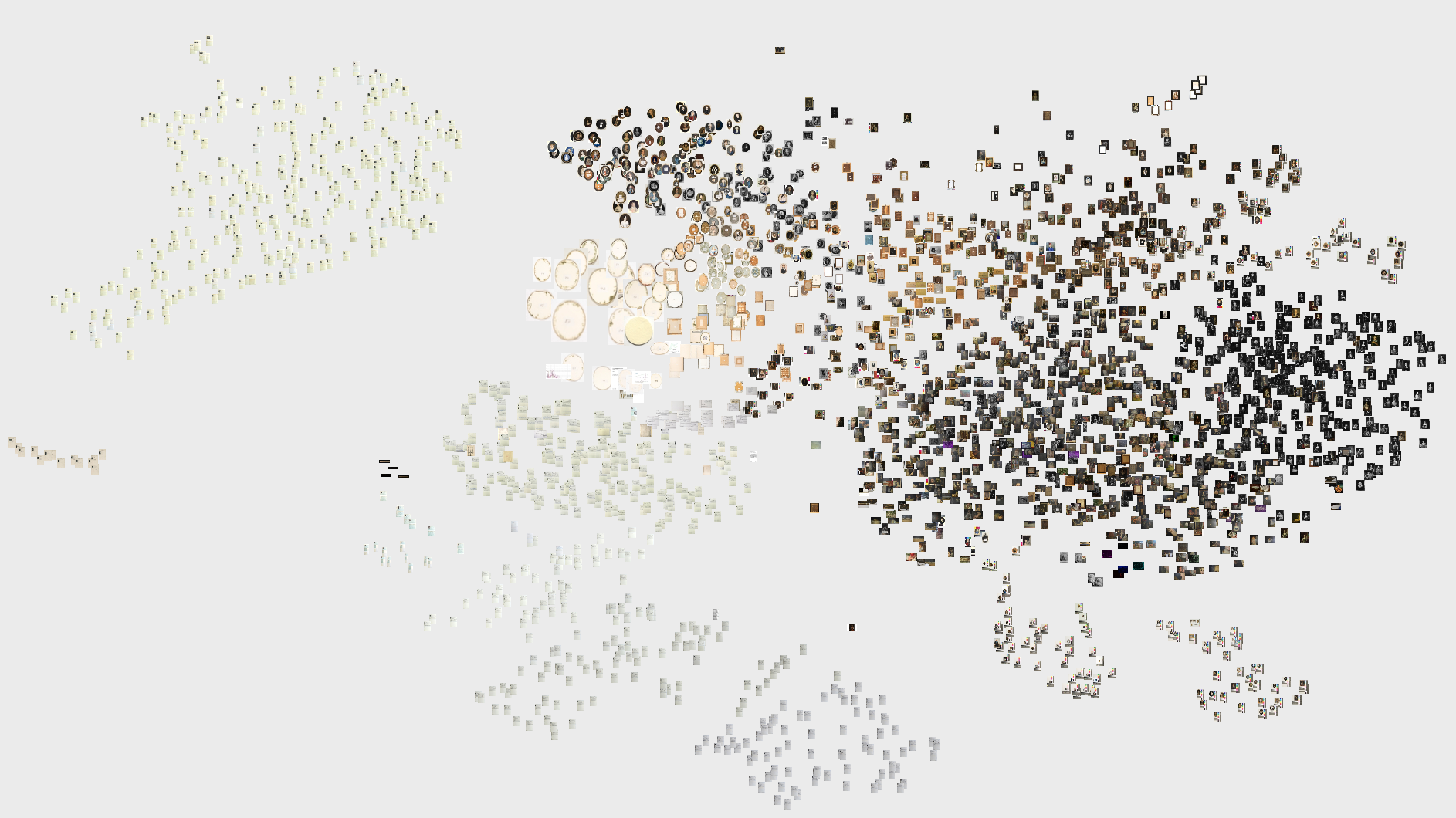
Visual interface
The visualization research centered on the visual juxtaposition and interactive coupling of essays and graph visualizations. The intention was to represent the art historical discourse in close connection with access points into the collection. The concept of the ReFa reader allows for the linear perusal of the essays and the lateral exploration of associated artifacts and entities. The ReFa Reader was designed and deployed as an interactive web application that builds on standards such as Markdown for the formatting and linking of the essays and the Omeka S API for the inclusion of items and entities part of a digitized and cataloged collection. The ReFa Reader is made available under an open source license for reuse with other digitized collections.
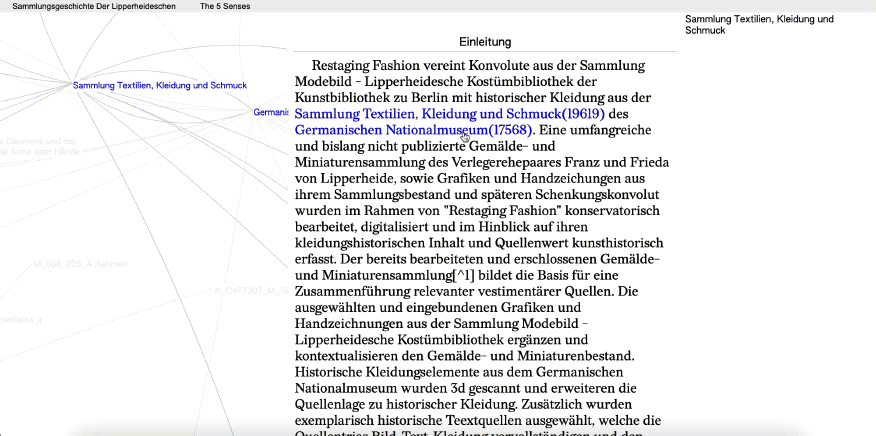
Conservation and digitization
The painting and miniature collection of Franz and Frieda von Lipperheide was examined within the framework of the project for necessary conservation interventions; it was stabilized and treated for conservation in individual cases, as well as dusted and digitized. The large-format paintings were captured with a high-performance scanner from the company Kruse. In order to scan the paintings horizontally it was necessary to stabilize the wooden or linen surfaces. They were supported with blocks of foam or rubber for this purpose - also for getting a uniform scanning height for the scanner. The objects were illuminated at an angle of 45 degrees. In this way, light refractions caused by the applied varnish could be avoided. A small number of works that could not be transported were photographed on the grid wall in the depot. Prints and drawings were digitized with high resolution and stored in the TIFF format.
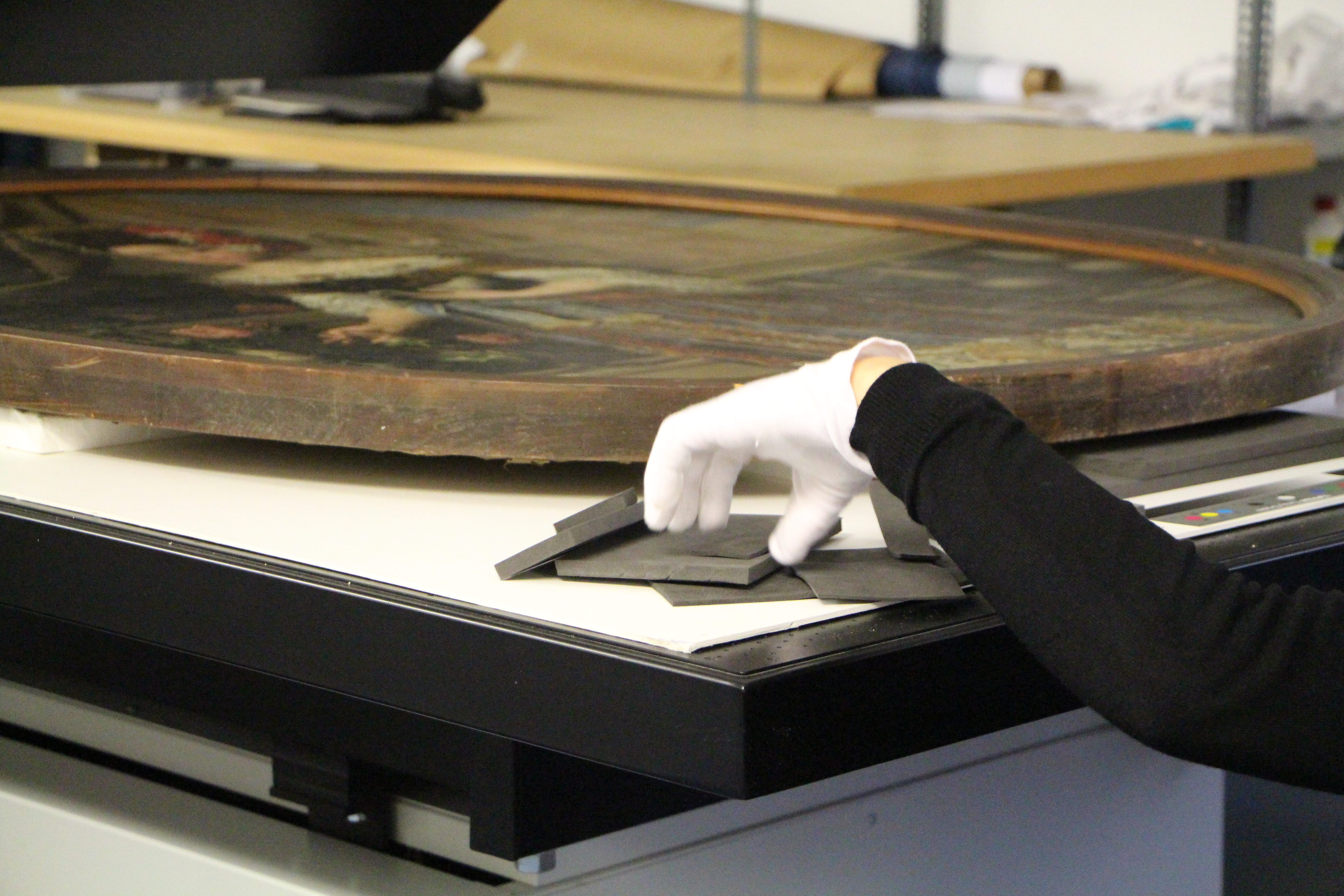
Data modeling
The data structure used in the project is based on a simplified version of the CIDOC-CRM model, adapted to the needs of documentation and final visualization. Elements from external schemas and models (Dublin Core, Linked.Art, local schema) have been also used, in order to address project specificities, whereas additional ontologies (SKOS, MADS) and vocabularies (AAT, ICONCLASS, TGN) came into play for describing concepts and named entities. The initial research data, related to the documentation of paintings and miniatures of the Lipperheide Collection, was enriched and integrated with a set of prints, drawings and garments, all brought together in an instance of Omeka S. The end result has been a refined set of relationships between collection items, their digital representations and any documentation sources, creating a web of linked open data within and outside the framework of the Lipperheide Costume Library and the Germanisches Nationalmuseum Nuremberg.
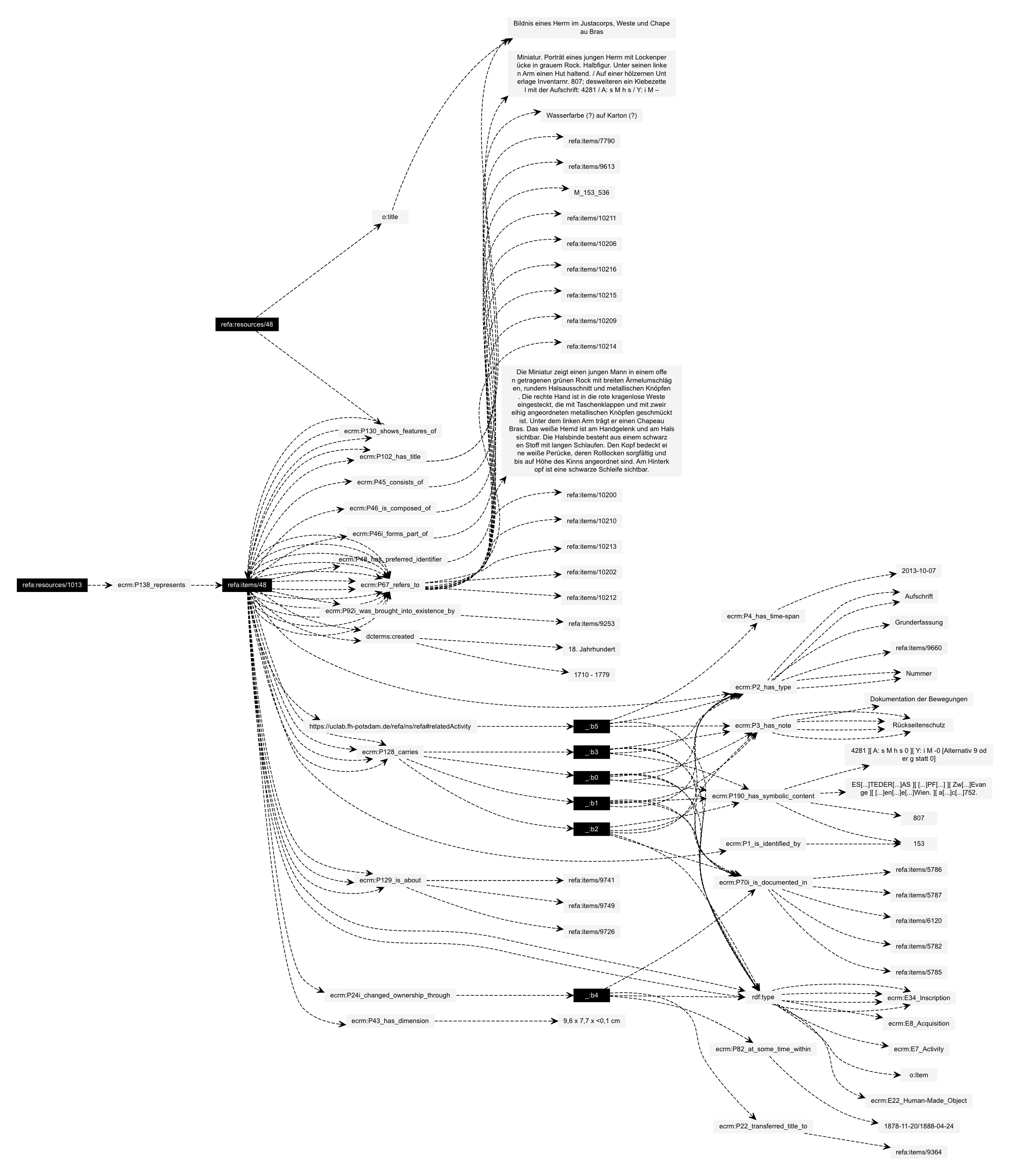
3D scanning
Textiles are a challenging material for digital 3D reproduction; they are fragile, rich in detail and often difficult to stabilize. The specific selections of historical clothing in Restaging Fashion represent different levels of complexity. The 3D scanning strategy was adopted on site to the specific object characteristics. Data acquisition was carried out using the photogrammetric approach (Structure-from-Motion) on one hand and the Artec 3D Leo hand-held scanner on the other. The latter operates wirelessly and with its own light source. The processing of the photogrammetric data was done with Metashape and of the 3D-scanning data with Artec Studio. In cases where the data complemented each other well, the photogrammetric data was merged with the 3D body data captured by the scanner. An attempt was made to represent the garments in a 3D space, in order to capture their textile details .
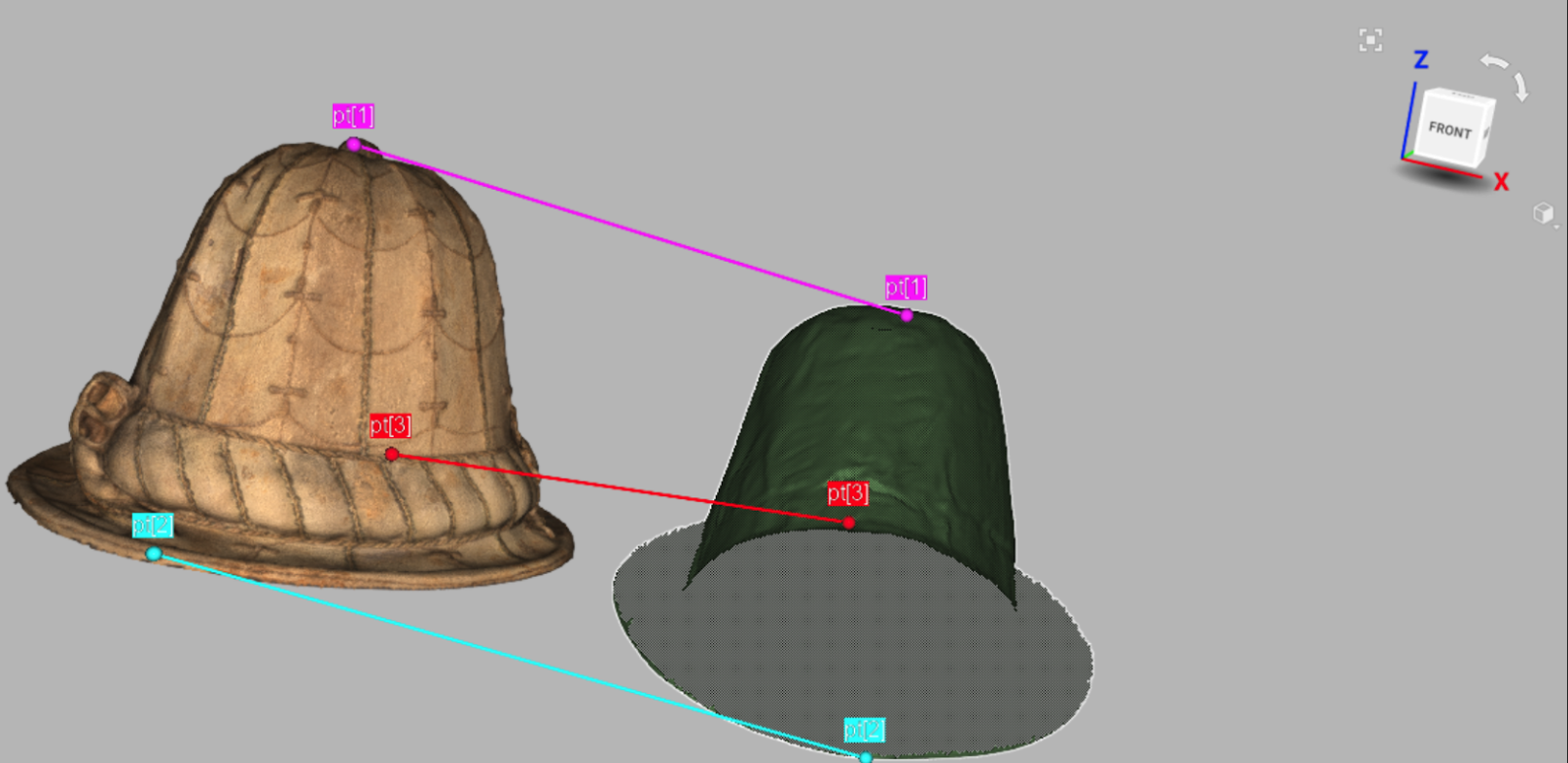
Publications
“THE RESEARCH IS HAPPENING IN THE TEXT FIELDS” – ARE LINKED OPEN DATA AND ART HISTORY A GOOD MATCH?, Giacomo Nanni, Linda Freyberg, Sabine de Günther, Marian Dörk, ADHO Digital Humanities Conference 2023 (DH2023), 2023
DIGITALE KONTEXTUALISIERUNG UND VISUALISIERUNG DER QUELLEN-TRIAS BILD-TEXTREALIA ZU HISTORISCHER KLEIDUNG, IHRER AUSFORMUNG, ZEICHENHAFTIGKEIT UND DREIDIMENSIONALITÄT, Sabine de Günther, Linda Freyberg — in: Konferenzband zur DHd2022: Kulturen des digitalen Gedächtnisses, 2022
IKONIZITÄT DER INFORMATION – DIE ERKENNTNISFUNKTION STRUKTURELLER UND GESTALTETER BILDLICHKEIT IN DER DIGITALEN WISSENSORGANISATION, Linda Freyberg — in: Berliner Handreichungen zur Bibliotheks- und Informationswissenschaft; Band 484, Dissertation, 2021
BILDKOSMOS DER MODEN: DIE GEMÄLDESAMMLUNG VON FRANZ UND FRIEDA VON LIPPERHEIDE, Sabine de Günther — Dissertation 2020
KLEIDERWIRKLICHKEIT UND BILDFINDUNGEN IM 19. JAHRHUNDERT. IHRE NACHNUTZUNG UND TRANSFORMATION IM MUSEALEN KONTEXT, Sabine de Günther, Thekla Weissengruber — Hrsg. netzwerk mode textil, in: Jahrbuch nmt 2020, S. 7-17, 2021
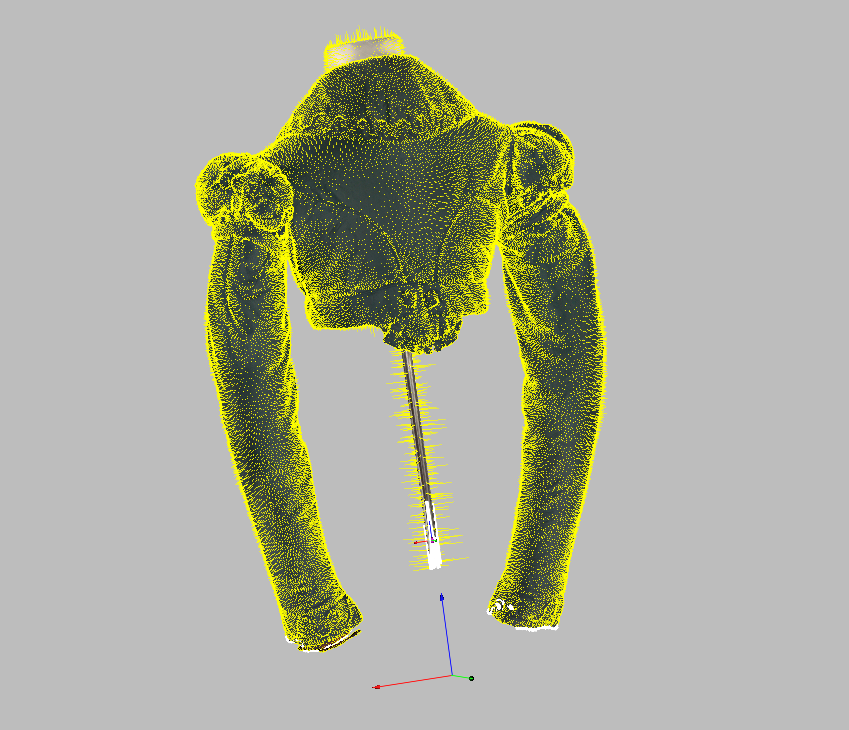
Data
The data of the Restaging Fashion project has been structured as semantic JSON-LD and it is served through the Omeka-S API. To facilitate the download of data and query the database, pre-made Observable Notebooks have been created:
It is always possible to structure additional queries following this documentation, and using the https://uclab.fh-potsdam.de/refa-catalog/api endpoint.
The 3D objects resulting from the 3D scanning and processing are made available in bulk as a ZIP-compressed directory (3.7 GB) containing the OBJ, MTL and PNG files for the respective geometry, material, and texture information for each object.
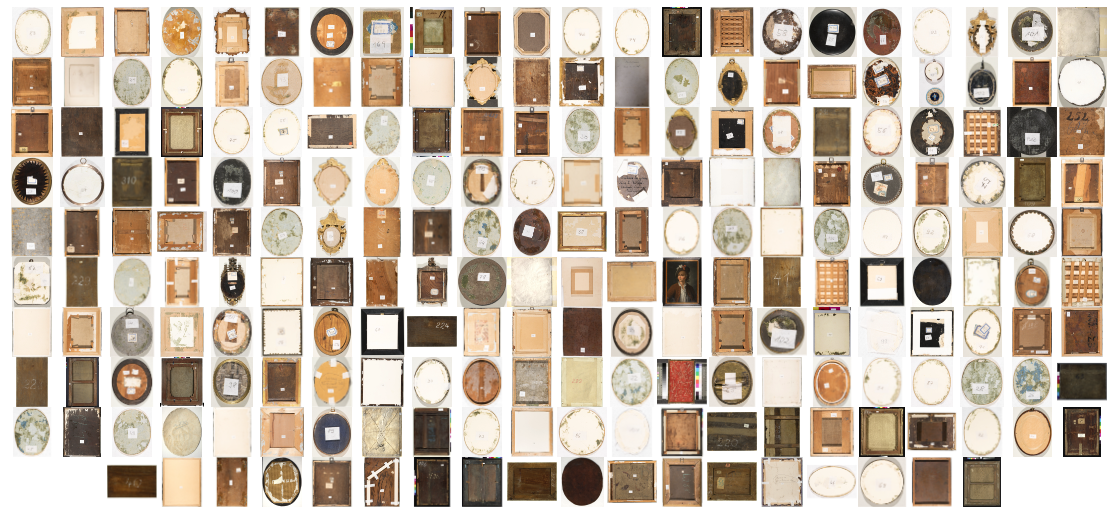
Team
SABINE DE GÜNTHER
Art & fashion history, 3D-scanning, digitization, project management
GIACOMO NANNI
Interface design, visualization, data modeling, 3D-scanning
ILIAS KYRIAZIS
Data curation, knowledge representation
LINDA FREYBERG
Data modeling, information science, 3D-scanning
MARIAN DÖRK
Research supervision, co-director of UCLAB, project management
Partners
LIPPERHEIDESCHE KOSTÜMBIBLIOTHEK - SAMMLUNG MODEBILD
Kunstbibliothek Berlin
Britta Bommert — Head of collection
Hildegard Ringena — Museologist
SAMMLUNG TEXTILIEN, KLEIDUNG, SCHMUCK
Germanisches Nationalmuseum Nuremberg
Adelheid Rasche — Head of collection
Maria Ellinger-Gebhardt — Textile restoration
Sabine Martius — Textile restoration
Petra Kress — Textile restoration
Associates
Thuja Seidel — Restoration, Conservation
Dietmar Katz — Photography
Oliver Bruderer — 3D Visualization
Martin Schulze — Student researcher
Disclaimer
On gender: The descriptions in this database are written in the generic masculine, e.g. “Drucker” (printmaker), “Maler” (painter) etc., but they address all persons (m/f/d) equally.
Content Warning: Some illustrations, including depictions of regional and national specifics in the history of dress and customs, portray stereotypes and use labels such as “Indian” or “African”. This is particularly noticeable in early modern costume books: their structure is strongly hierarchical; regions and nations are defined by clothing and nudity.